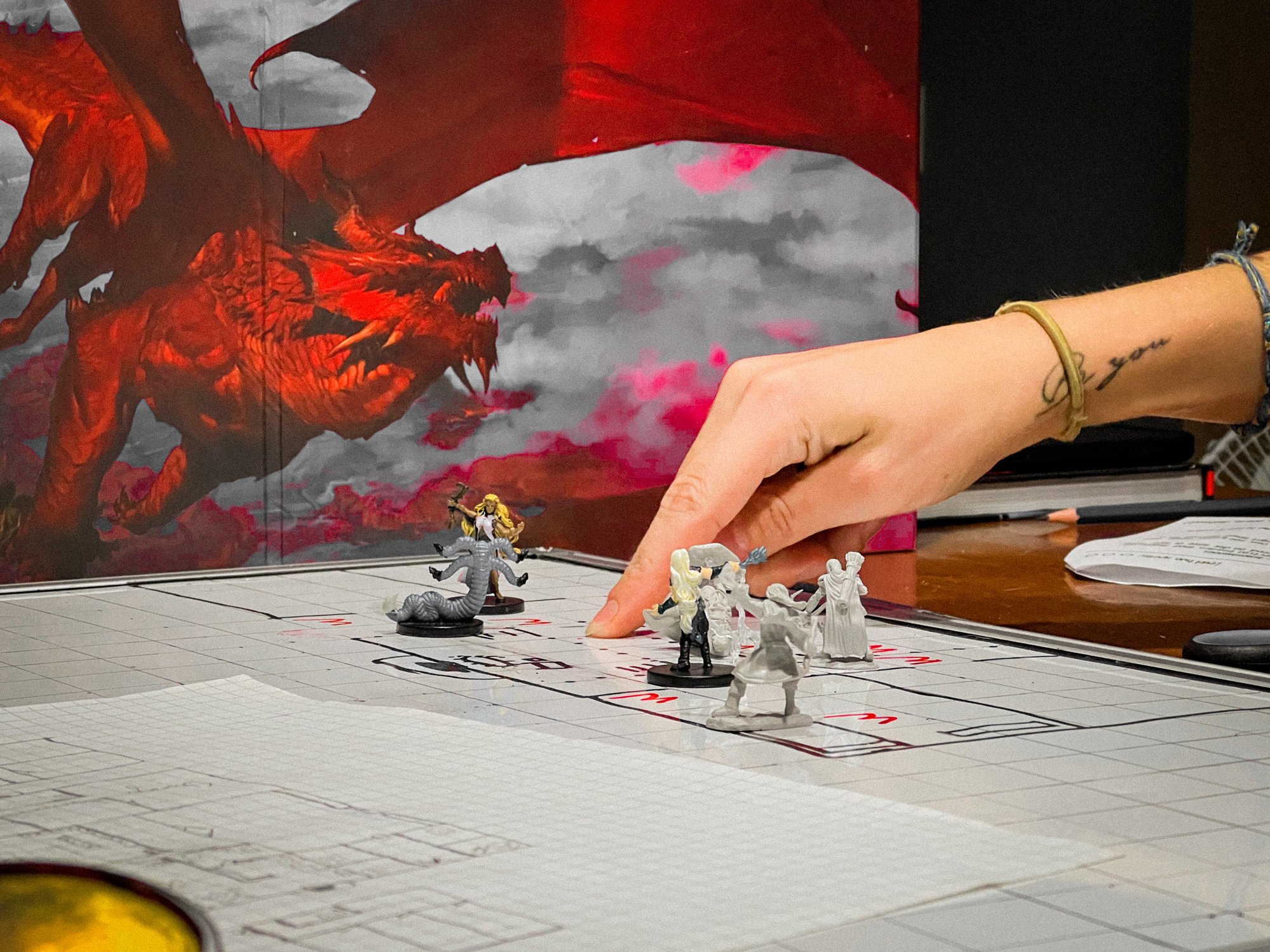Toy maker Hasbro (HAS 0.79%) reported third-quarter 2018 results before the market open on Monday. Revenue dropped 12% year over year, GAAP earnings per share dipped 1.4%, and EPS adjusted for one-time factors fell 7.7%.
As in the previous two quarters, the loss of revenue stemming from the bankruptcy and subsequent liquidation of Toys R Us in the U.S. and other geographic markets drove the declines. A "rapidly evolving retail landscape" in international markets, particularly Europe, and excess inventory in Europe going into the quarter were also, once again, main reasons for the revenue decline.
Additionally, domestically, the company was unable to meet all the demand in the quarter due to it working with a greater variety of retailers that have "differentiated shipping requirements," Hasbro CEO Brian Goldner said on the earnings call.
Hasbro stock closed down 3.1% on Monday, which we can attribute to both revenue and earnings coming in lower than what most investors were expecting.

Image source: Hasbro.
Hasbro's key quarterly numbers
|
Metric |
Q3 2018 Result |
Q3 2017 Result |
Year-Over-Year Change |
|---|---|---|---|
|
Revenue |
$1.57 billion |
$1.79 billion | (12%) |
|
Net income |
$263.9 million |
$265.6 million |
(0.6%) |
|
Adjusted net income |
$246.5 million |
$265.6 million |
(7.2%) |
|
GAAP earnings per share (EPS) |
$2.06 |
$2.09 | (1.4%) |
|
Adjusted EPS |
$1.93 |
$2.09 | (7.7%) |
Data source: Hasbro. GAAP = generally accepted accounting principles.
In addition to the main loss drivers previously noted, foreign exchange had a negative impact of $32.0 million, or 2%, on revenue.
To provide some context for the tumble in revenue, sales to Toys R Us accounted for about 9% of Hasbro's revenue in 2017, according to fellow Fool Tim Green.
Earnings got a boost from a lower tax rate due to U.S. tax reform. The adjusted net income and EPS results strip this benefit out.
For context -- though long-term investors shouldn't place too much weight on Wall Street's near-term estimates -- analysts were expecting adjusted EPS of $2.23 on revenue of $1.71 billion. So Hasbro fell short of both expectations.
What happened with Hasbro in the quarter?
- Revenue from franchise brands declined 5% from the year-ago period to $847.7 million. Growth in Monopoly, Play-Doh, Magic: The Gathering, and Baby Alive wasn't enough to offset declines in Nerf, My Little Pony, and Transformers. The latter two brands had tough year-over-year comparables stemming from movie releases in 2017.
- The story wasn't entirely negative for franchise brands, as revenue for these key internal brands grew slightly in the U.S. and Canada segment and was up in the entertainment and licensing segment. The culprit for the overall decline was international.
- Revenue from partner brands dropped 37% to $305.8 million. The decline was across all three segments. As with last quarter, declines in most brands were greater than the gains made by Beyblade and Disney's Marvel.
- Hasbro gaming revenue was approximately flat at $280.8 million.
- Emerging brands revenue edged up 2% to $135.3 million.
- U.S. and Canada segment revenue went down 7% year over year to $924.2 million, international segment revenue dropped 24% to $560.7 million, and entertainment and licensing revenue jumped 45% to $84.8 million.
What management had to say
Here's what Goldner had to say in the press release:
The global Hasbro team is effectively managing our business forward through a very disruptive year. The lost Toys"R"Us revenues are impacting many markets around the world, notably the U.S., Europe, Australia and Asia. The volume of product liquidated in the second quarter had a near-term impact on the third quarter sell through and shipments. We are successfully managing retail inventory and it is down significantly in the U.S. and in Europe, where we are aggressively working to clear excess inventory by year end. A growing array of retailers are now ramping new programs to take share this holiday season and we are well positioned to meet their demand.
Looking ahead
The quarter was another challenging one for Hasbro, primarily due to the continued fallout from the Toys R Us bankruptcy and the rapidly changing retail environment internationally, particularly in Europe. On a positive note, the company recaptured about one-third of the U.S. and Canada segment's loss Toys R Us revenue in the quarter, Goldner said on the call.
Goldner did, however, walk back last his statement on last quarter's call that the company anticipated that "by 2019 we should have moved beyond Toys R Us." He said on this quarter's call that "I'm not going to comment specifically on making up Toys R US [revenue] but as I said, we're very committed to 2019 being a year of growth."
Hasbro doesn't provide guidance, though the company did say in the earnings release that it's "undertaking organizational steps to ensure it has the right talent and capabilities to profitably grow going forward." It said these moves are expected to result in "pre-tax cash restructuring charges relating to severance and other employee costs of approximately $50 million to $60 million that will be expensed in the fourth quarter of 2018." The company projects that these steps will generate about $30 million to $40 million in annual pre-tax savings by 2020.





